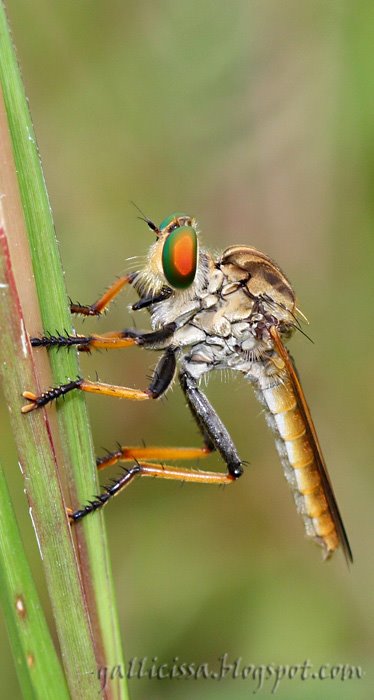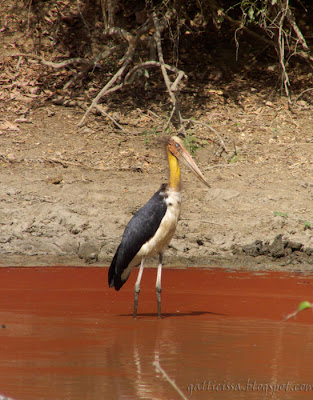Migrants have begun to arrive. I heard my first Blue-tailed Bee-eaters on 23 Sep., over my house and saw three of them the following day at my local wetland patch. An Asian Brown Flycatcher was heard in my backyard three days ago. Yesterday, I had my first Forest Wagtail walking gracefully in a woody corner. Now, that is one bird I need to photograph. But, the question is—how to do it—as it never seem to wait long enough for digi-scoping. May be I'll try one with my Lumix. The Brown-breasted Flycatcher and the Himalayn avian jewel, Indian Pitta are due soon. I 'maintain' a patch in a corner of my yard in a pretty wild state to invite in the latter, which is a high-profile migrant (for me).
I am pretty sure it will accept my invitation this year too. It will be in good company with the endemic Clubtail: Sri Lanka Forktail. I didn't include any images in this post as images are already in this blog for most of the 'things' mentioned here. Please click on their names if you would like to see how they look.
Bird Books for a Winter’s Day: The Raptor Edition
-
Besides hummingbirds, the other bird group that I love and that fascinates
me is the raptors. These fierce birds are always wonderful to see, going
about t...
3 hours ago



















































